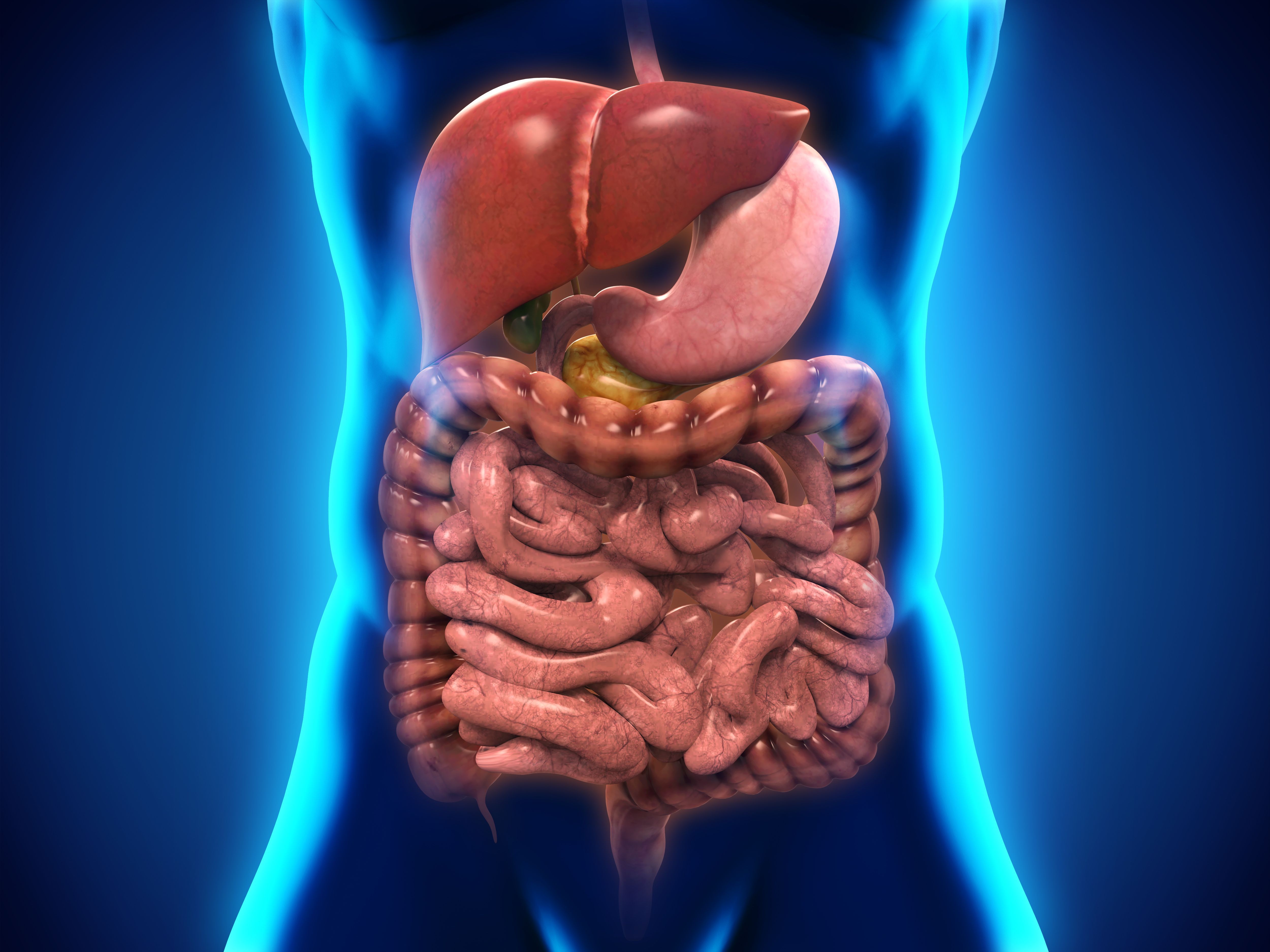
Patients with advanced rectal cancer who were treated with up-front chemoradiotherapy plus consolidation chemotherapy experienced an improvement in pathological complete response without impacting disease-free survival.
Up-front chemoradiotherapy (CRT) plus consolidation chemotherapy yielded a higher rate of pathological complete response (pCR) among patients with advanced rectal cancer without negatively impacting disease-free survival (DFS), toxicity, quality of life, or stool incontinence, according to long-term findings from the phase 2 CAO/ARO/AIO-12 trial (NCT02363374) published in JAMA Oncology.
In both groups, with group A receiving fluorouracil, leucovorin, and oxaliplatin prior to CRT and group B receiving CRT prior to chemotherapy, the 3-year DFS was 73% (95% CI, 66%-80%; HR, 0.95; 95% CI, 0.63-1.45; P = .82). Investigators did not report a significant difference in locoregional recurrence between group A (6%; 95% CI, 2%-10%) and group B (5%; 95% CI, 1%-9%; HR, 0.81; 95% CI, 0.30-2.18;P = .67). Additionally, distant metastases were similar between the 2 arms (Group A: 18%; 95% CI, 12%-24%; Group B: 16%; 95% CI, 9%-22%; P = .52).
“We suggest that up-front CRT followed by consolidation chemotherapy may be the preferred total neoadjuvant therapy sequence if organ preservation is a priority. This sequence resulted in higher rates of pCR without compromising DFS, toxicity, or quality of life,” investigators of the study wrote.
A total of 311 patients enrolled on the study, 306 of whom were evaluable. A total of 156 patients were randomized to group A and 150 were randomized to group B. In group A, all patients started treatment with induction chemotherapy, with 97% undergoing CRT and 92% receiving surgery. In group B, 99% of patients began treatment with CRT, with 93% receiving consolidation chemotherapy and 95% undergoing surgery.
The study had a median follow-up time of 43 months. Across both groups, 2 patients had treatment-related deaths, 14 had deaths related to their disease, 1 death was due to second primary tumor, and 12 were due to other causes. In groups A and B, the overall survival was 92% (95% CI, 88%-97%; HR, 1.10; 95% CI, 0.53-2.27; P = .81).
Four percent of patients in group A and 3% in group B had a clinical CR and did not agree to undergo surgery. However, 3 months later in group A, 1 patient had developed endoluminal tumor growth and underwent abdominoperineal resection; the patient was disease-free through follow-up. At 27 months in group B, 1 patient experiencesd local regrowth and distant metastases of the liver and lung after total neoadjuvant therapy and received palliative chemotherapy.
At 12 months, the rates of chronic toxicity of grades 3/4 were 15.4% in group A and 17.4% in group B. At 36 months, the rates were 11.8% and 9.9% in groups A and B, respectively. Grade 3/4 oxaliplatin-induced neurotoxicity occurred in 9.4% of patients in group A and 9.2% of those in group B at 12 months. At 36 months, the rates were 1.2% in group A and 2.5% in group B.
A total of 89% of patients completed the patient reported outcome measures at baseline, 69% of which were completed prior to surgery, 58% were completed at treatment conclusion, 61% were completed at 12 months, 54% were completed at 24 months, and 41% were completed at 36 months. Investigators reported that there were no differences seen in response rates or missing items between either group. Additionally, a difference in quality-of-life score was not seen between the 2 groups.
Other findings indicated that patients did not have a difference in stool incontinence. Scores were worse at 12 months, and only improved slightly at 24 and 36 months. However, scores never reached baseline levels. In 11.3% of patients vs 9.6% of patients in groups A and B, respectively, at 12 months normal stool continence was observed. Moreover, 34% vs 36.5% had minor stool incontinence, 32.1% vs 25% had average stool incontinence, and 22.6% vs 28.8% had complete stool incontinence in groups A and B, respectively.
Reference
Fokas E, Schlenska-Lange A, Polat B, et al. Chemoradiotherapy plus induction or consolidation chemotherapy as total neoadjuvant therapy for patients with locally advanced rectal cancer: long-term results of the CAO/ARO/AIO-12 randomized clinical trial. JAMA Oncol. 2021;e215445. doi:10.1001/jamaoncol.2021.5445
"front" - Google News
December 20, 2021 at 02:00AM
https://ift.tt/3J3TrqO
Up-Front Chemoradiotherapy Plus Consolidation Chemotherapy Yields High pCR Rate in Advanced Rectal Cancer - Cancer Network
"front" - Google News
https://ift.tt/3aZh1mr
https://ift.tt/3b2xvu5
No comments:
Post a Comment